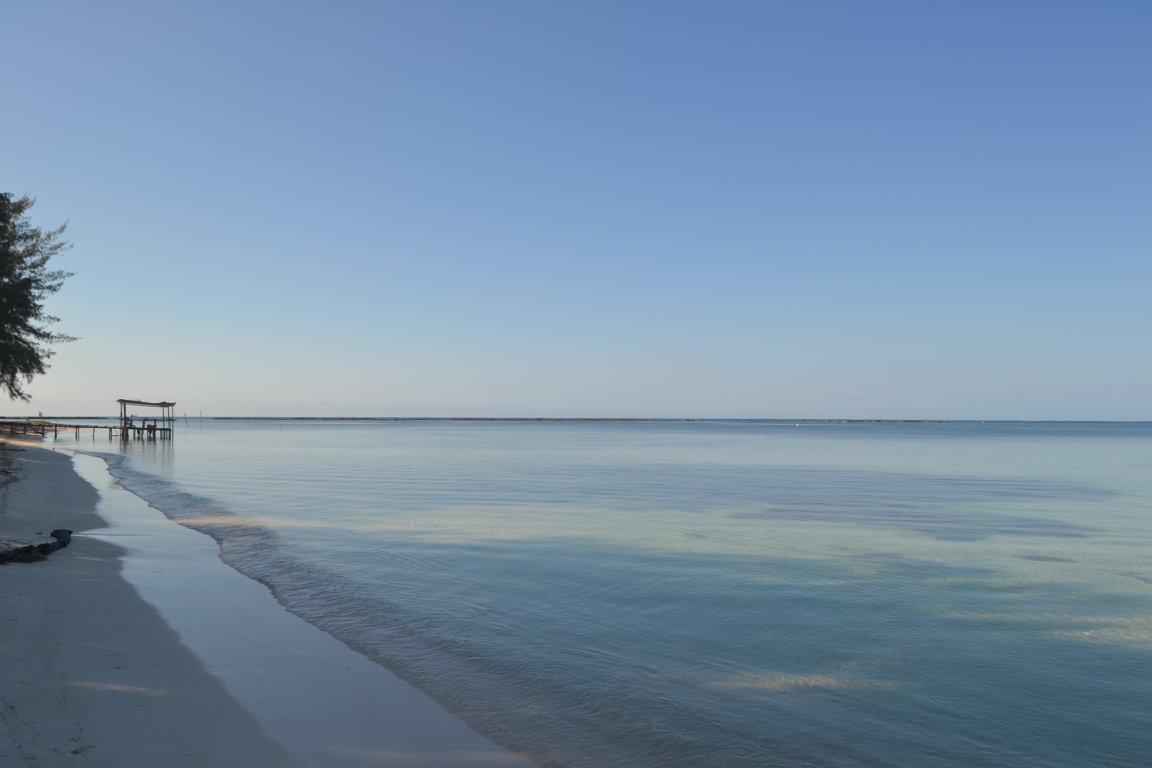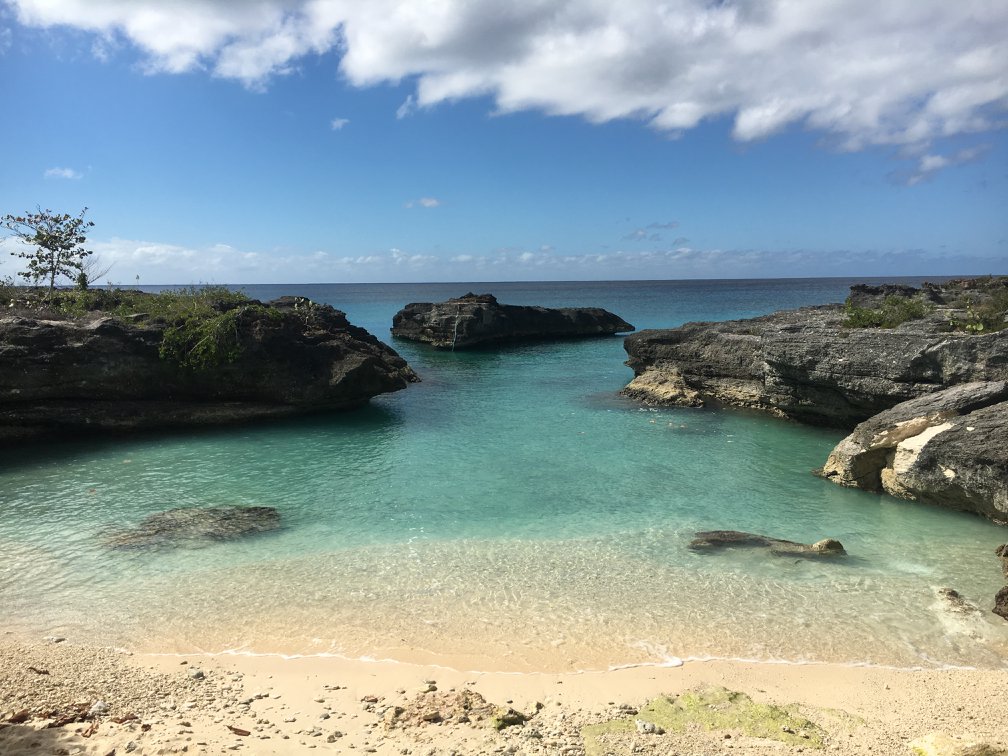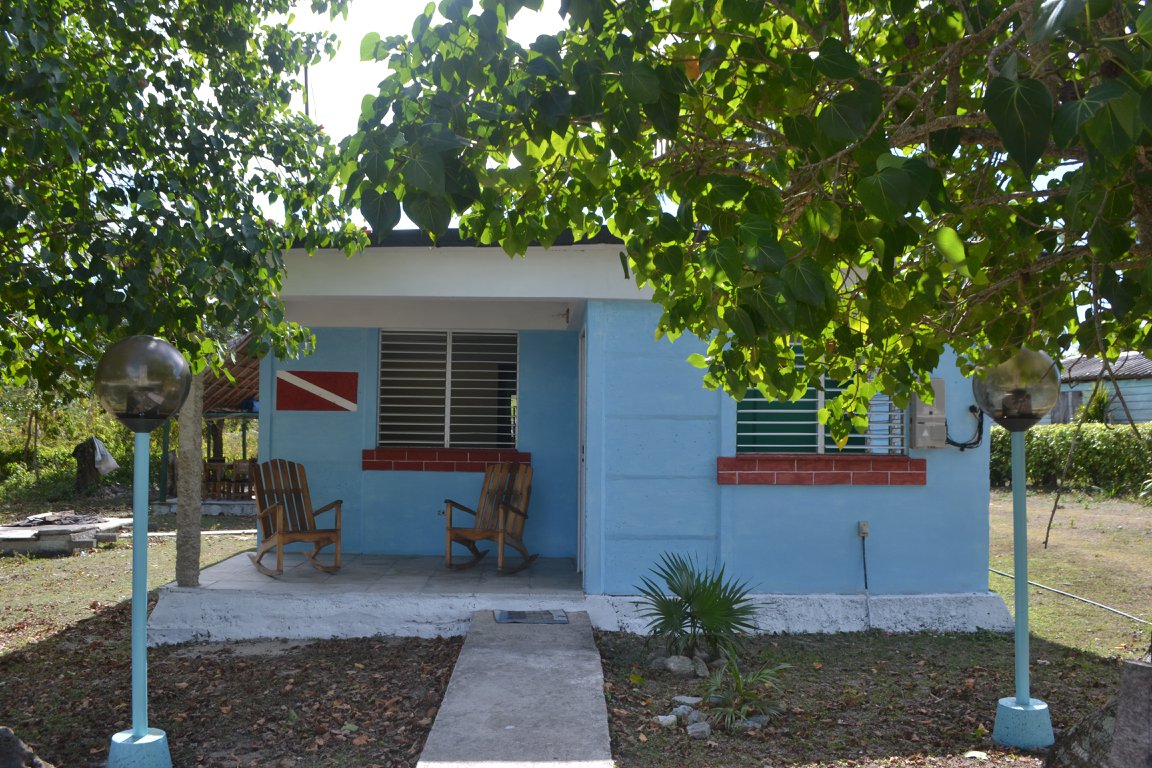Jamie Preira, Reflections on Cuba
Growing up in Miami, Florida I was constantly surrounded by Cuban culture – the coffee, the music, the language, and the people. Cuba has always felt like a fairytale place that I would only hear stories about or see pictures of – it was this fascinating yet “forbidden” place in my mind. IOI broke down that barrier and helped me go on a trip that’s felt out of reach my entire life; doing something I love doing – SCUBA DIVING! All of this while volunteering for a wonderful cause – restoring coral reefs!
Having lived in Colorado for 7 years now, my biggest fear heading into this trip was the language barrier and that I was traveling alone. Not to mention I felt a little rusty with my diving skills. Being forced to overcome my fears, because that was my new reality, those fears actually became the most empowering parts of my trip. Everyone I met in Cuba was always willing to help in any situation and everyone was very patient with my Spanish. The community of Cocodrilo was especially patient, kind, and friendly. My fear of traveling alone was quickly overcome by all of the new friends I was making in Cocodrilo. Reinaldo (aka Nene - the dive master and IOI representative for the project in Cocodrilo) was an amazingly patient and kind dive instructor. My fears of being rusty at diving were also quickly overcome the second we got into the water.
Getting to Cocodrilo is definitely an adventure and if you go into that with that mindset, you will enjoy the experience so much more. Knowing that the small airports, possible airplane delays and long bumpy car ride will take you to one of the most beautiful and unique places on earth is the right mindset to have. I spent a few days before my travels to Cocodrilo in Havana and Vinales and I enjoyed experiencing Cuba in this way before heading to Cocodrilo. The best part about traveling with IOI on this adventure was how supported I felt. It can be daunting thinking about arranging car rides in a foreign place, getting to the airport, traveling around an unfamiliar country in general, and dealing with delays in another language. But with IOI, I was taken to the airport by Enrique when it was time to fly to Gerona, and then received the same phenomenal service when I was arriving and departing from Gerona. It made my travels so much easier knowing that I was always going to have someone waiting for me on the other end of a plane ride.
The Havana terminal for domestic flights is smaller than for international flights and does not have much to it - there is a place to grab snacks and water, but I would recommend doing that before you arrive at the airport. The plane ride itself was short and sweet. The Gerona airport is quaint - you walk off the plane and into a small room with one baggage carousel. Once I got my bags, I left that room, found Reinaldo (a different Reinaldo from the dive master) and we were on our way to Cocodrilo! It’s about a 2.5 - 3 hour drive on a very interesting “road.” My excitement had me uninterested in the amount of time it was taking or the bumpy nature of the ride but rather taking in my surroundings and the cool, salty air. We stopped after about 30-45 minutes in the car to head to the local immigration office where I had to show my passport and my slip of paper authorizing me to head into this part of la Isla. I felt, and still feel, so lucky to have been granted access to this remote part of Cuba that most Cubans don’t even know about!
Dinner was waiting for me when Reinaldo and I arrived at “Villa Arrecife” and I quickly learned that I was going to be very well accommodated. Between having a comfortable room in a beautiful house and eating SO WELL for every meal, I was able to completely immerse myself in the experience of being in Cocodrilo.
The town of Cocodrilo is small. Really small. My favorite part of it being so small was not only interacting with locals, but really getting to know the people of the Cocodrilo. I made some great friends that I know I will maintain contact with for the rest of my life. Everyone I met was genuine, helpful, friendly, and outgoing. Living in a small town means lots of time together, sitting on the porch, walking to the beach, or watching/participating in a pick up soccer game. You get to spend lots of genuine time together - not looking at cell phones or distracted by computers - it’s magical! One of my favorite parts on the weekend was heading to the "circulo" to listen to music and talk to locals, folks from Gerona, and others from La Fey. Making sure you’ve got everything you’d need is going to be key before you head to Cocodrilo. Being in a small town means there’s not much to buy besides chips, soda, rum, and other things like this. I highly recommend following the IOI packing list and not skipping over anything!
An average day consisted of a morning dive volunteering and free time in the afternoon. Diving with Reinaldo (Nene) is a great experience. He’s patient, slow moving, and very communicative which makes it easy to feel comfortable in the water regardless of how much time has passed since your last dive. My 3 weeks volunteering consisted of completing fish counts, conducting trash pick-ups, hunting lionfish or cleaning the PVC pipes underwater where the corals were growing. Afternoons were free time and self-driven. There’s great snorkeling and exploring around Cocodrilo. If you interested in exploring more, going snorkeling or doing more than that, there’s usually someone there who’d be happy to go with you - all you have to do is ask! I was in Cocodrilo for 3 weeks and I was never bored, and I read more books than I have in 3 years! Cocodrilo is the perfect place for disconnecting from technology and the fast-pace nature of your life. It’s a great place to reconnect to nature, recreate those genuine people to people interactions and focus on yourself!
I had such an incredible, life changing experience on my trip with IOI to Cocodrilo. Pre-Trip communication was clear and my pre-trip questions were quickly responded to. I felt extremely prepared and well informed for my trip. During my trip I felt well taken care of and supported by the IOI Cuba staff. The volunteer opportunities were very accurately advertised and the diving and snorkeling around Cocodrilo were breathtaking. The house (Villa Arrecife) is very comfortable, the community is nice, safe, and engaging. The food was amazing - delicious, filling, and healthy! It felt so empowering to be a part of this program and to be able to help. There is so much to do and so much to see in this small town! I cannot wait to be involved in another program and return back to Cocodrilo!





























